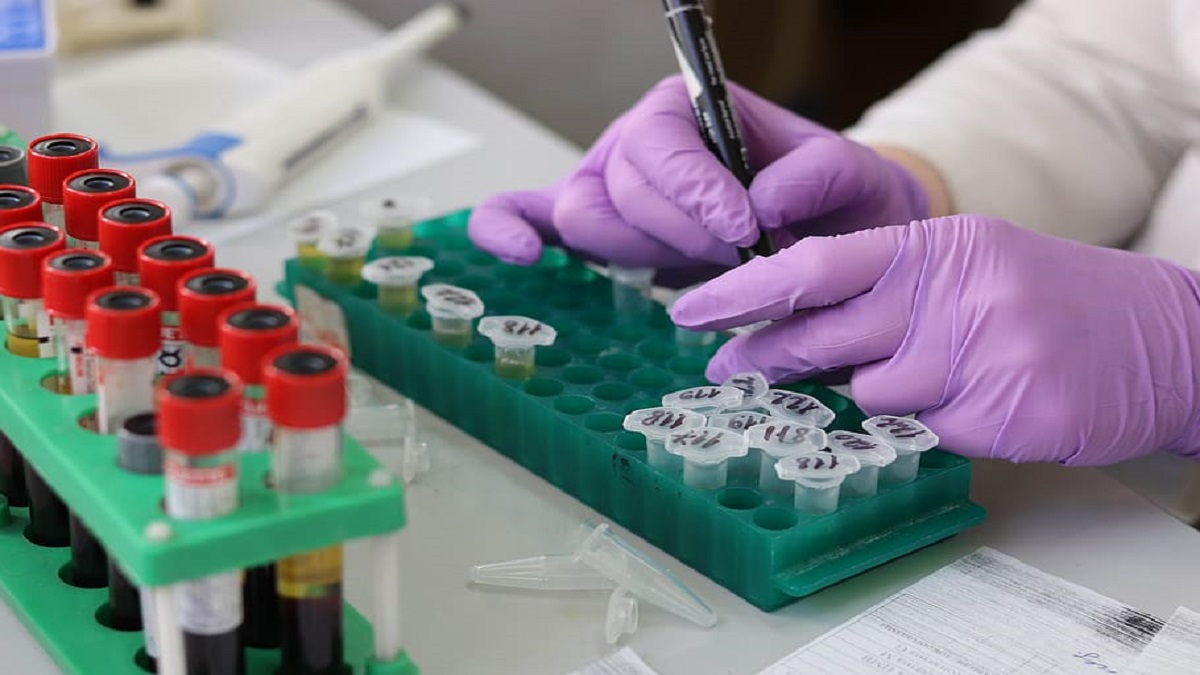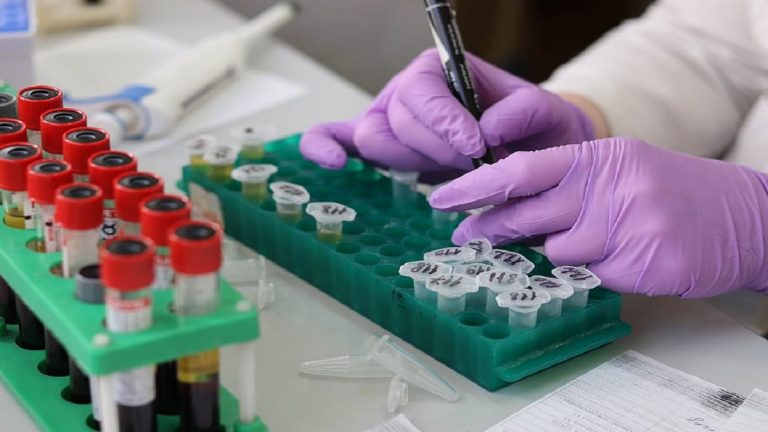
It is known that all the cells contain the same DNA, but gene expression is different from one cell to another. The cells synthesize proteins that are proper for their function; however other genes that their outcomes have no function are suppressed. Each cell type has its own specific enzymes. The serum level of enzymes reflecting the balance between the release of enzymes during cell turnover, and their catabolism or excretion (Kerr, 2002).
Enzymes contained inside the cells and their elevated levels indicate destruction of the cell membrane and release of its enzyme contents to the circulation.
Acute diseases are associated with high levels of enzymes in blood. However, the enzyme levels are moderately or mildly increased in chronic diseases.
Enzymes that are mostly measured in blood for diagnosis of different diseases including creatine phosphokinase (CK), lactate dehydrogenase (LDH), alanine aminotransferase (ALT), aspartate aminotransferase (AST), gamma glutamyl transferase (GGT), alkaline phosphatase (ALP).
Creatine phosphokinase
- Creatine phosphokinase (CK or CPK) is specific for skeletal and cardiac muscles. Elevated serum level of CK indicates a disorder either in skeletal or cardiac muscles.
- CK has a two subunit types M and B, three isoenzyme forms are possible MM, MB and BB.
- CK-MM is the skeletal muscle form and increased in muscle lesions.
- CK-MB is the cardiac muscle form, used in the diagnosis of myocardial diseases.
- CK-BB is the brain form, it is useful in the diagnosis of conditions related to the brain and associated structures.
Lactate dehydrogenase (LDH or LD)
- It is difficult to interpret the source of total LDH in blood, as the enzyme being widely distributed. It is released from the liver, cardiac muscles, skeletal muscles, kidney and erythrocytes.
Alanine aminotransferase (ALT or GPT)
- ALT is released from the liver, skeletal and cardiac muscles.
- Elevated level of ALT in serum must be associated with measurement of CK to exclude the muscle source.
- It is specific for the liver in human, dogs and cats.
Aspartate aminotransferase (AST or GOT)
- AST is particularly found in the liver, skeletal and cardiac muscles.
- Serum CK must be determined with AST to confirm muscle source of the enzyme.
Gamma glutamyl transferase (GGT)
- GGT occurs mainly in the liver and kidney.
- It is released in blood in case of liver diseases and released in urine in case of kidney diseases.
- The enzyme is hepatobiliary, being released from both the hepatocytes and bile ducts.
- The increased blood levels of GGT together with AST and with normal CK level indicate liver disease.
- Elevated level of GGT in urine indicates kidney disease.
Alkaline phosphatase (ALP)
- The enzyme is widely distributed being released from the liver, bone, erythrocytes and intestinal wall.
- Elevated blood levels of ALP together with GGT indicate cholangitis.
Prof. Mahmoud Rushdi



